Do you want to use devices in your maths programme but don’t want your students playing any old maths games? Do you want the learning to be purposeful and targeted to your students’ needs? Read on to discover three sites that fit the brief.
It’s always important when using technology in your classroom to consider the ‘value added’ effect. How is the technology adding value to the learning and what is it doing that you couldn’t do with just paper?
Too often in maths programmes I’ve seen students going to websites and choosing a maths game, any game they like the look of. While there may be some value in what they were doing – more often than not there wasn’t. The games they chose had no relation to the skills they actually needed to build on, sometimes they achieved nothing (they got all the answers wrong) and usually, there was no evidence of what they’d been doing.
[bctt tweet=”Use technology to add value to your maths programme – don’t let Ss Google games!” username=”donnagolightly1″]
Technology can definitely have a valued place in the maths programme, but there needs to be deliberate acts of selection that go into planning just which sites you want to direct your students to. Here are three sites you can use that allow for differentiated learning, instant feedback on progress and targeted skill practice. Your students can show evidence of what they’ve done by screenshotting their results and pasting them into a digital learning journal.
1.Prototec (prototec.co.nz)
Prototec is an awesome site for practising maths knowledge. It’s based on the New Zealand stages, but can easily be used elsewhere also. We know how important this knowledge is and the role it plays in allowing students to successfully implement their strategic thinking.
[bctt tweet=”Have you used #prototec maths in your programme – great for basic facts.” username=”donnagolightly1″]
Students don’t need to add their name or their room if you don’t want them too – they can go straight to the practise activities themselves.
This site allows them to practise the knowledge needed for the various stages or they can choose to practise their times tables. They simply click on where they want to go.
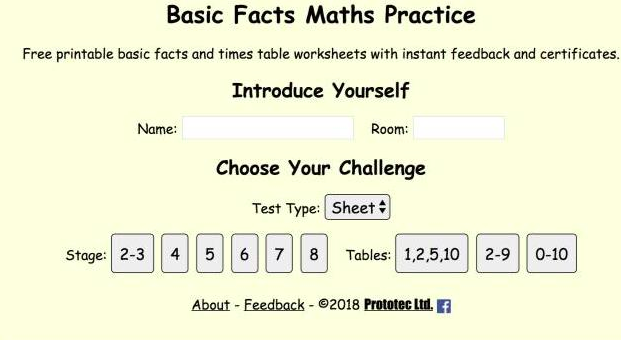
There are two options they can choose between – a sheet (as shown below) or a timed version if they want to race a clock.
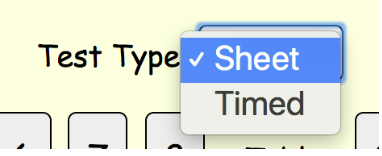
A typical ‘Stage’ selection will look like this:
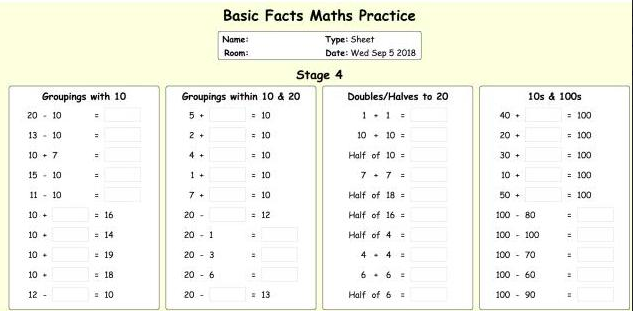
The ‘Tables’ selection will look like this:
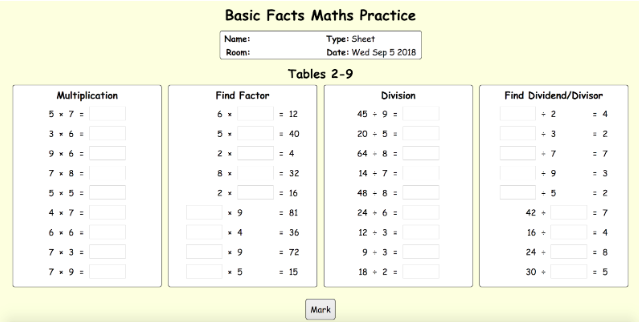
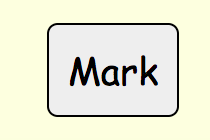
When they have completed all the questions they simply click on ‘Mark’ and it gives them instant feedback as to how many they got right, which ones were incorrect and the time it took them to complete it. They can screenshot this and add it to a cumulative digital learning journal. (In my class we used a Google Slide and they added the date to each screenshot. Each slide was a new week.)
2. TablesTest (https://tablestest.com/)
This site is purely for practising times tables. What I like about this one is that your students can choose the level – not the times table – they need to practise. It’s great for encouraging student agency and having those conversations with your students about taking responsibility for their own learning. Let them choose the level and then ask them to explain why they chose that particular one.
[bctt tweet=”Choose maths sites that give your Ss instant feedback on their thinking.” username=”donnagolightly1″]
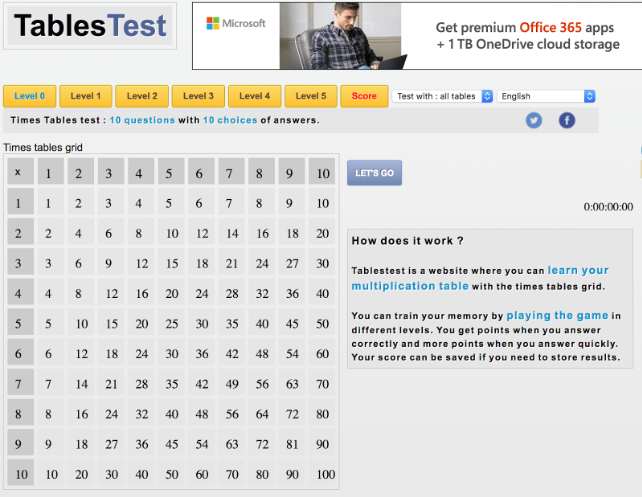
Once they choose a level, it generates random questions and they choose the correct answer from a selection given.
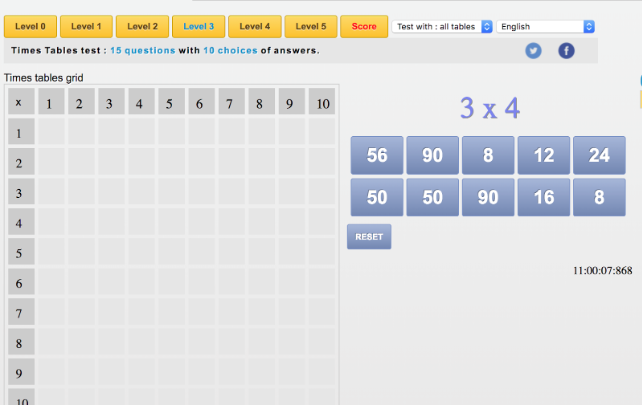
If they answer correctly it pops the number into the array in the correct place – great for reinforcing their knowledge of how numbers arrays work also. Again, it’s instant feedback for them and they can see a list of all their correct responses. If they’re into competition they can see how long it’s taking them to answer and try to beat their quickest time.
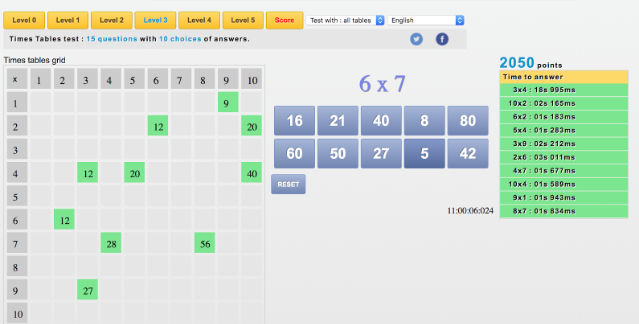
If they answer incorrectly it pops the correct answer into the array but colours it red – a very visual sign for them that this is a fact they need to practise. How targeted is that! They can create a list of specific facts they need to learn and focus on just those ones – without wasting time on the ones they already know.
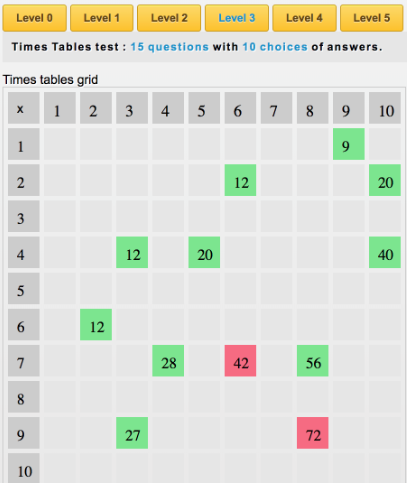
Once they have completed the activity, again, they can screenshot the results and paste them into their digital learning journal.
3. Free Rice ( http://freerice.com/#/multiplication-table/17539)
Free Rice is a great site for practising times tables while helping others. You don’t need to sign up to use it if you don’t want to. The idea behind it is that for every answer you get correct, 10 grains of rice are donated to the United Nations World Food Program. Purposeful, targeted and helping others – what better practice could you get!
[bctt tweet=”#freerice not only helps Ss learn their times tables but helps other too!” username=”donnagolightly1″]
If the Maths options aren’t visible when you first open the site, click on ‘Change Subjects’. You’ll see two maths options: Multiplication Tables and Basic Maths (Pre Algebra.)

There are 2 levels of facts your students can choose from, so it can be a differentiated activity. You need to answer the first question to then see the option to change levels at the bottom.
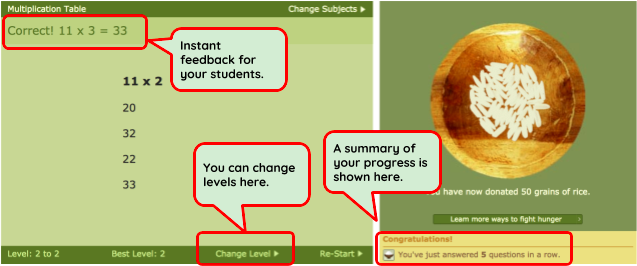
If they get an answer wrong it gives them immediate feedback and tells them what the correct answer should have been. They then need to start again. It tells them how many grains of rice were donated from their efforts.
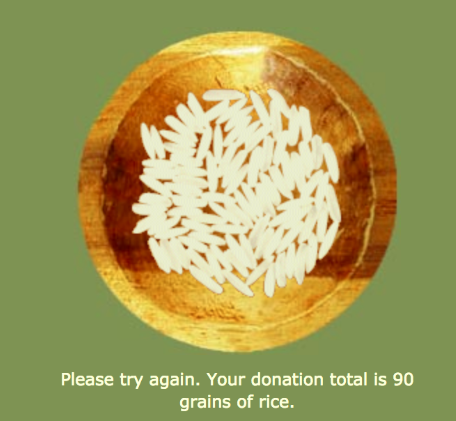
This can be screenshot and added to their digital learning journal. It also brings in practice for their division facts – 90 grains of rice were donated, 10 grains are donated for every correct answer, so how many questions were answered correctly?
So, there we are – three purposeful and targeted maths sites that you can use in your programme, all of which can be differentiated. If there’s one you haven’t used – give it a go. Make your use of technology relevant so that it adds value to what you are doing.
For more ideas about using digital tools in your maths programme you can read about how to insert maths equations into Google Docs here or you can read Sam’s blog on inserting maths equations into Microsoft Forms here.











